‘Not easy’: The truth about digital nomad life exposed
Young Aussies are turning their backs on the country in record numbers as they embrace a new work trend – but it comes with a dark side.
Sydneysider Aylen De Aranza, 38, sips a flat white at Casa Dingo, one of the few Australian-themed cafes in Buenos Aires.
It’s 10am – early by Argentinian standards – and the streets are just starting to buzz; car horns drown out early morning yawns.
She’s racking her brain for the cons of living in Argentina’s vibrant, nocturnal capital, having reeled off a long list of pros.
MORE:Countries that will pay Aussies $140k to move there
“Honestly, there aren’t many cons – I love it here,” she says.
“It’s beautiful European living – without the price tag.”
Ms De Aranza, a digital strategy consultant, is the newest type of remote worker: a digital nomad, someone who works from anywhere in the world because they can do their job fully online, and at flexible hours.
The term has become so popular that more than 40 countries, including Argentina, now offer an actual digital nomad visa to tempt international talent to spend a stint working abroad.
It’s a type of work that has boomed since the pandemic and the “great resignation” of employees wanting more flexibility and remote work opportunities for their professional lives.
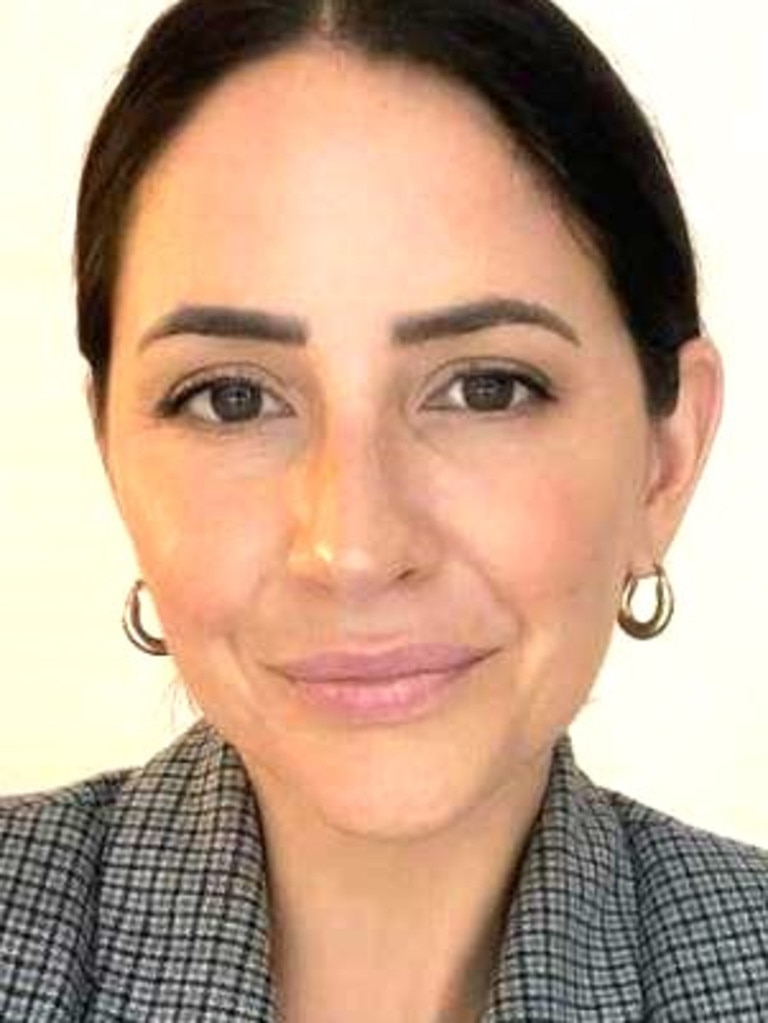
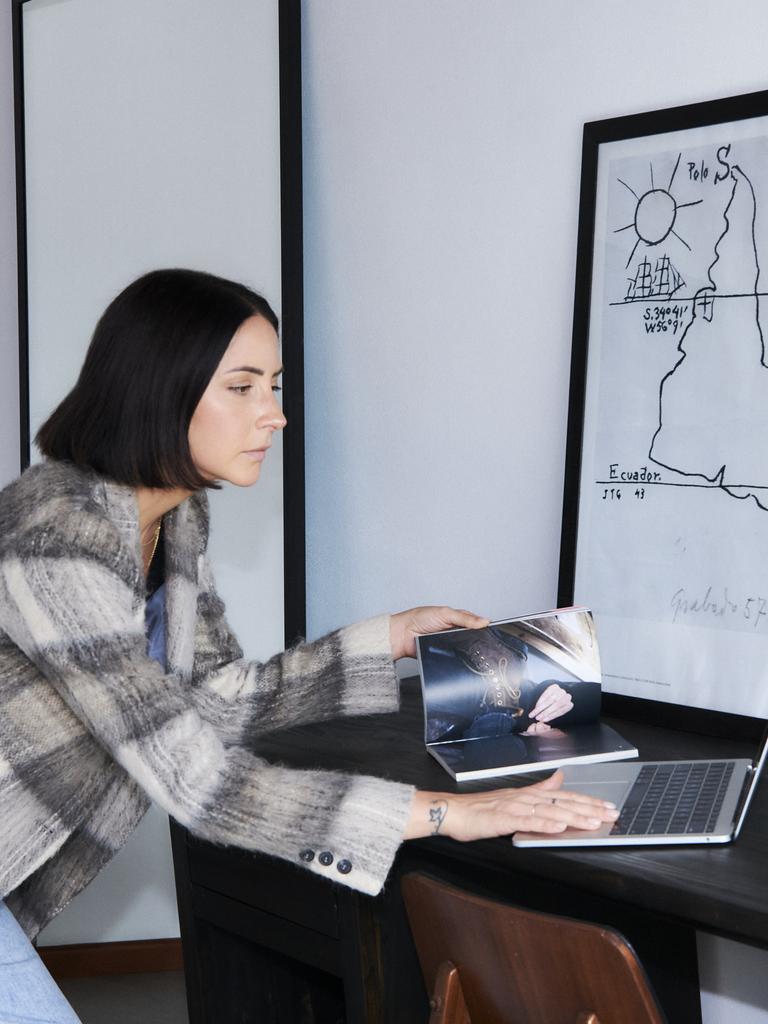
Aussies are missing out
Yet, strangely, Ms De Aranza hasn’t met many Aussies doing the same thing as her in Buenos Aires; it feels like an undiscovered secret.
There’s no shortage of Australian digital nomads – and the number looks set to grow, according to new stats released this year.
In July, a new YouGov survey found that almost one in three (29 per cent) Australians have previously worked as a digital nomad, and two in five (41 per cent) said they’re considering this lifestyle.
The top three countries were New Zealand, Japan and Singapore – but they’re all much pricier destinations than South American cities like Buenos Aires or Medellin in Colombia. It seems like the distance may mean wannabe Aussie nomads are missing a trick.
Ms De Aranza certainly believes so.
“In Buenos Aires, the culture’s akin to Italy and Spain – and because French architects were brought over when they were building the city, you could easily think you were in Paris,” she says, gazing out the window at the debonair buildings surrounding us.
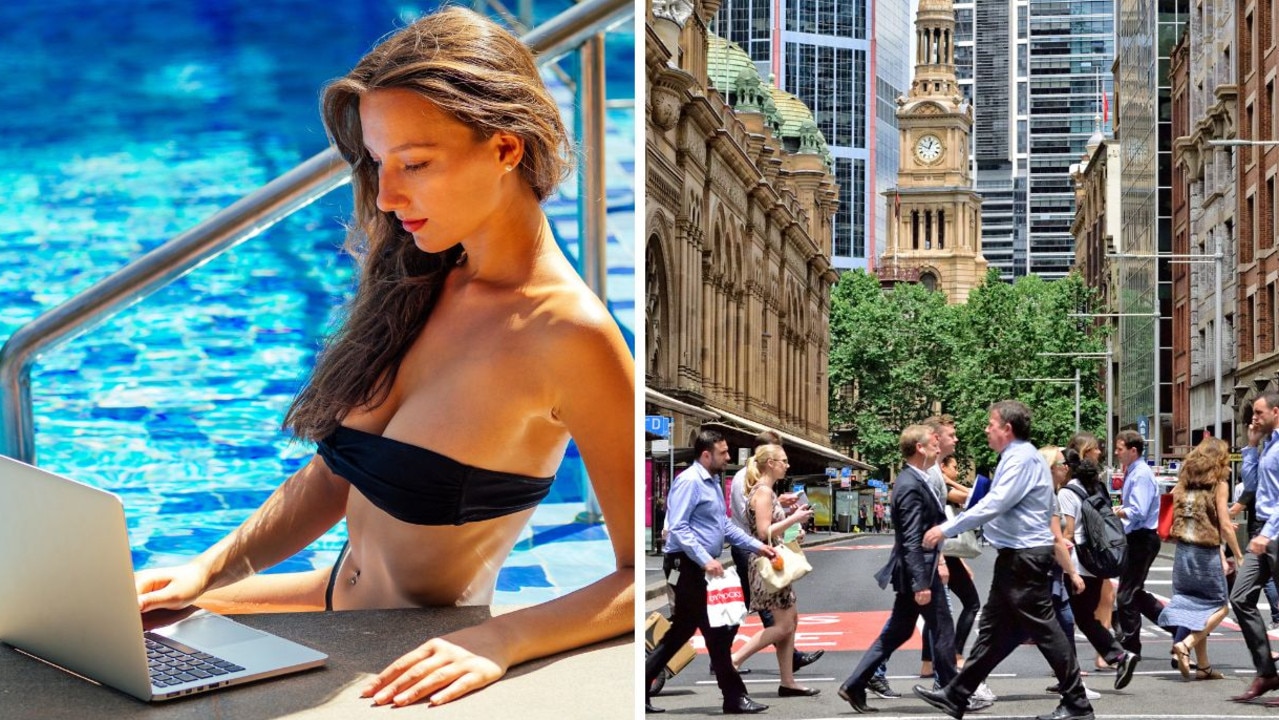
Despite all those pros, it isn’t the dream life with laptop perched in a hammock you may see from Instagram influencers. Digital nomads must navigate visa issues, different languages and cultures, countries far more dangerous than Australia, loneliness, poor Wi-Fi and potential tensions with locals, some of whom say digital nomads are the new gentrifiers, because they’re pushing up rents.
Nevertheless, it’s a seductive proposition, especially for those Ms De Aranza’s age who may not have had the money, time, maturity, encouragement or boldness to take a gap year in their late teens or early 20s.
Some Aussies have taken the opportunity to escape the current cost of living crisis. Others go in Australia’s winter, then return, so they have endless summers. And for many, it’s simply one of the best ways to feel alive: to go on a new adventure and really challenge yourself.
I spoke to Australian nomads in Bali, Thailand, Colombia and Argentina to discover what life on the road is really like.
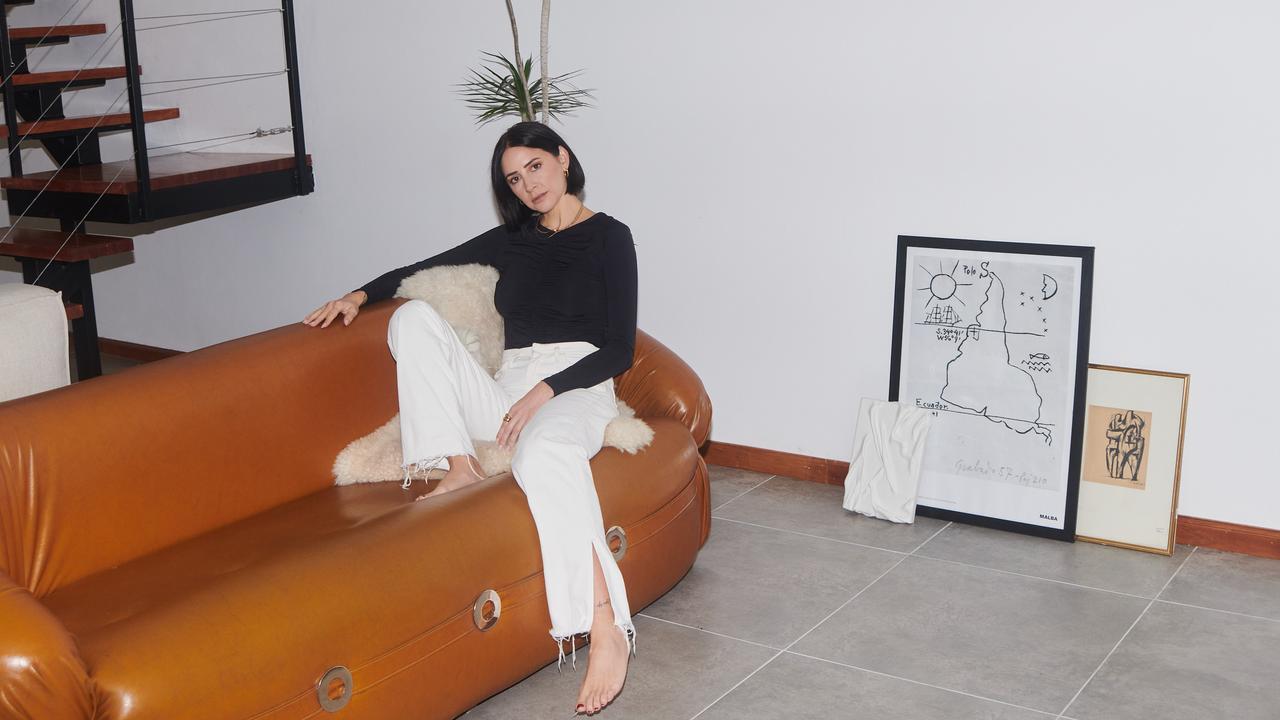
‘Friday night in Sydney was dead. Midnight Tuesday in Buenos Aires is alive’
Having travelled around Europe for 18 months, Ms De Aranza’s visa expired and so she decided to try Buenos Aires, got caught there due to Covid, fell in love with the city and decided to stay.
A recent brief return visit to Sydney reminded her why.
“It was Friday night and I was out with my brother in Bondi. I was excited to see him again and when it got to 11.30pm, I fancied another drink. The bar was closing and nowhere nearby was open,” she says.
“It felt a little sad.”
Another night, a group of her girlfriends declined to go to a bar because the cost of living crisis has now made a night out sipping cocktails just too prohibitively expensive.
It contrasts sharply with Buenos Aires where, Ms De Aranza says, people are more spontaneous and up for late nights – and most things are much cheaper.
“You can walk through Palermo, the bar district of Buenos Aires, at midnight on a Tuesday, and it’s absolutely bustling,” she says.
“All ages too – I’ve bumped into my uncle, who lives here, at midnight on a weekday.”
This is partly to do with when Argentinians eat dinner: it’s not uncommon for them to sit down at around 10.30pm, even during the week. They’ll have “meriendas” – a coffee and a breakfast-like snack – at around 7.30pm. It’s common to arrive at a bar at around 11pm to start your night; nightclubs open between midnight and 1am, but few walk in till 2am.
It means early mornings are generally quiet. As one American digital nomad commented to me, “not much happens before midday”.
Dining out is something Ms De Aranza can do a couple of nights a week “at restaurants of a calibre I couldn’t afford regularly in Australia”. The lower cost of living means she’s able to save without compromising her lifestyle. That’s because she earns Australian dollars, which makes her money go further.
“Things being this much cheaper wasn’t actually my reason for coming, but it’s a huge reason for staying,” she says.
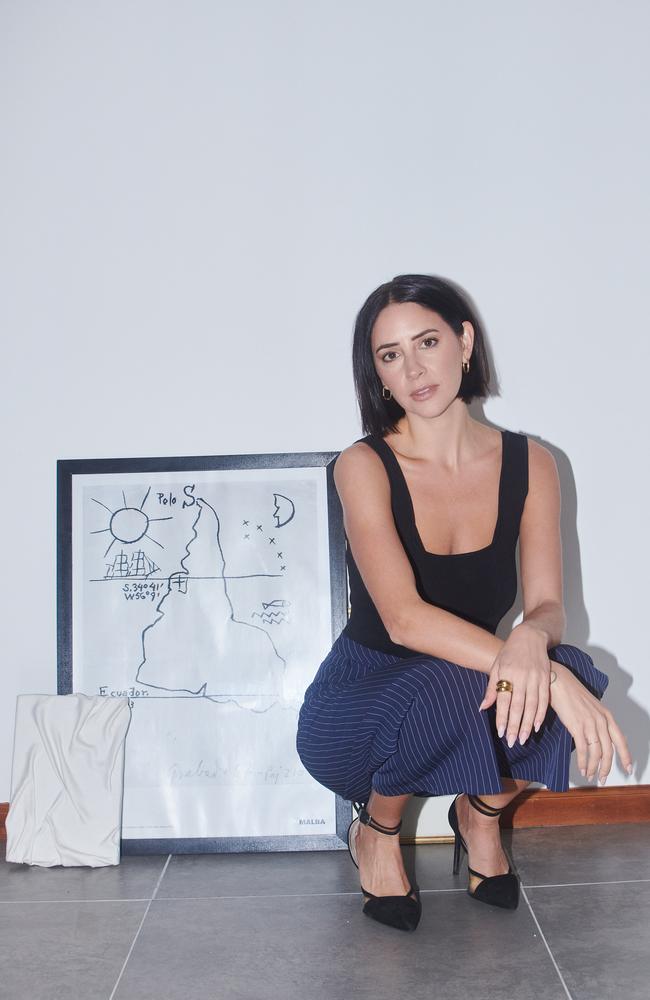
‘I now realise how much I took for granted’
If, however, you’re earning Argentinian pesos – it’s a different story.
Jedd Weston, 25, from Wollongong, was serving as cabin crew and travelling the world when he fell in love with Buenos Aires.
“I had to return: I wanted to learn Spanish and fell in love with the food, beautiful architecture and warm, welcoming nature of the Argentinian people – they do life so well here,” he says.
Working as an English tutor from his Buenos Aires home via online video lessons, Mr Weston earns Argentinian pesos. This means he has significantly less spending power than someone like Ms De Aranza, who’s earning foreign currency.
That’s because Argentina’s economy is a little wild. At the beginning of the 20th century, it was one of the world’s richest countries. Today, annual inflation sits at 237 per cent – one of the highest in the world. For comparison, Australia’s inflation rate is 3.8 per cent.
“I adore it here, but yeah, the money situation isn’t easy. It’s hard to budget,” Mr Weston says from a coffee shop overlooking the famous Casa Rosada where Eva Peron made her famous balcony speech, as depicted by Madonna in Evita. With inflation so high, prices for everyday things change often – sometimes weekly.
“I now realise how much I took for granted in Australia – especially our political and economic stability,” he says.
“But also having beaches in close proximity in Sydney. Gosh we’re lucky.”
Nevertheless, he loves the city and wants to return.
“My dad came to visit and afterwards said he could retire here – there’s something magical about how much they take advantage of late nights, and, well, just life,” he says.
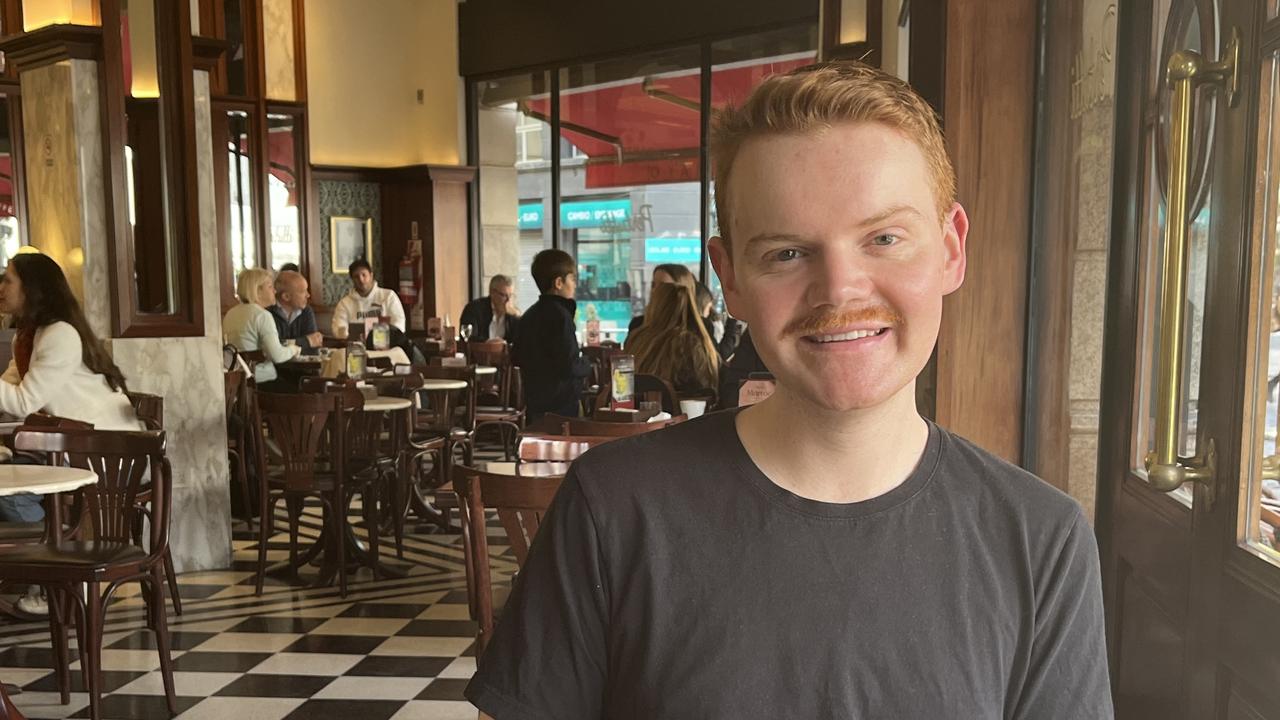
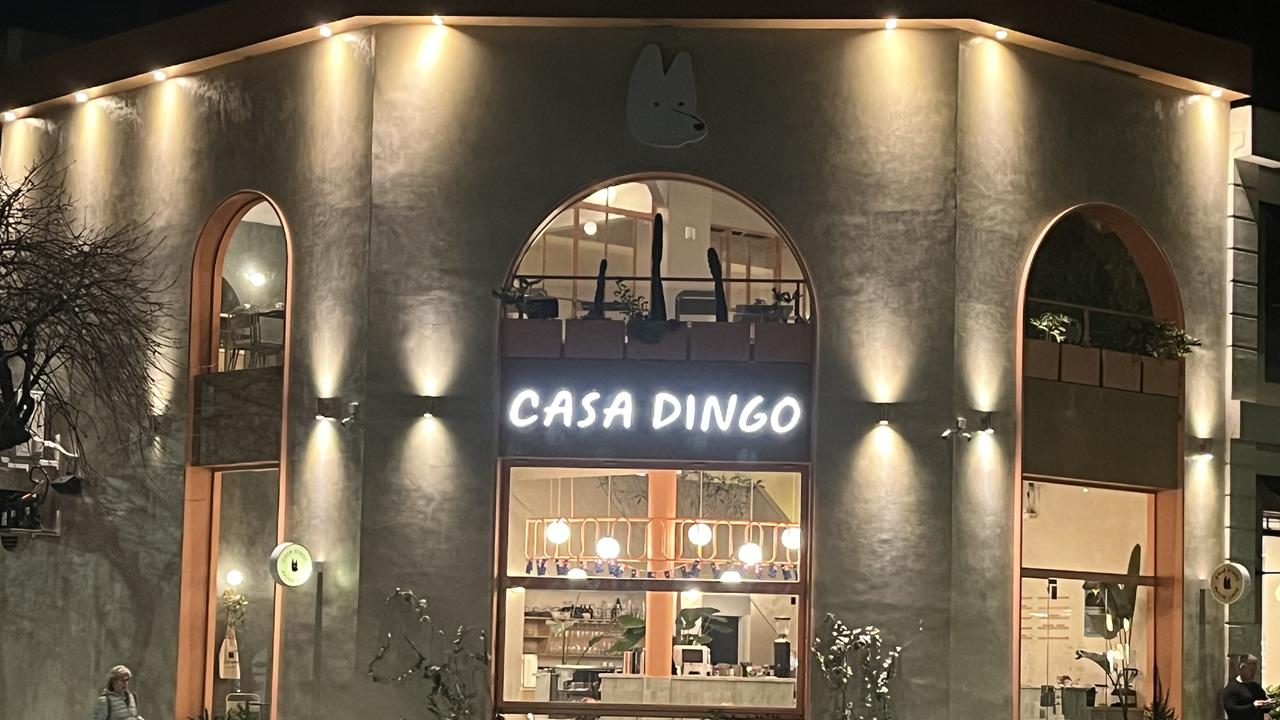
‘I work abroad to focus – and avoid Melbourne’s winter’
Max Milstein, 28, describes himself as a “recent digital nomad covert”. He splits his time abroad between Thailand and Bali. He speaks to news.com.au from a co-working space in Koh Samui, Thailand.
For Mr Milstein, the drudgery of an 80 hour working week in Melbourne as a management consultant led to the change.
“It wasn’t the lifestyle I wanted,” he says. He decided to leave and set up his own tuition agency, Apex Tuition Australia.
He travels to Thailand or Bali to work through Melbourne’s chilly winter months – between June and August.
Another big bonus to working abroad for a few months might sound counterintuitive: to focus.
“When I’m home in Australia, there are so many competing priorities between friends, family, sporting commitments and social events, I often feel burned out,” he says.
“Coming to Asia means I can just focus on my work without those priorities distracting me.”
It’s the very factor other nomads interviewed for this piece named as a drawback: loneliness. Meaningful connections with actual deep friendship chemistry are hard to come by – and even then, they’re often transient and seasonal.
Then there’s the FOMO of when something big happens back home – a fun event, a wedding.
Initially, Mr Milstein flipped between Thailand and Bali because he wanted a taste of different places but, going forward, he plans to stay in one place longer, to allow himself to acclimatise.
“Bali is probably better for setting up an actual life,” he says.
He makes it work by leasing out the Melbourne apartment he rents. Once, when he couldn’t find a tenant, he even paid double rent in the two countries.
“Not ideal, but the cheaper cost of living made it possible,” he says.
Recently, though, he’s seen rents increase as digital nomad popularity pushes prices up. But not yet to Australia’s level.
“I pay $A1200 a month here for a one-person apartment,” he says.
“I pay that for a share house in Melbourne.”

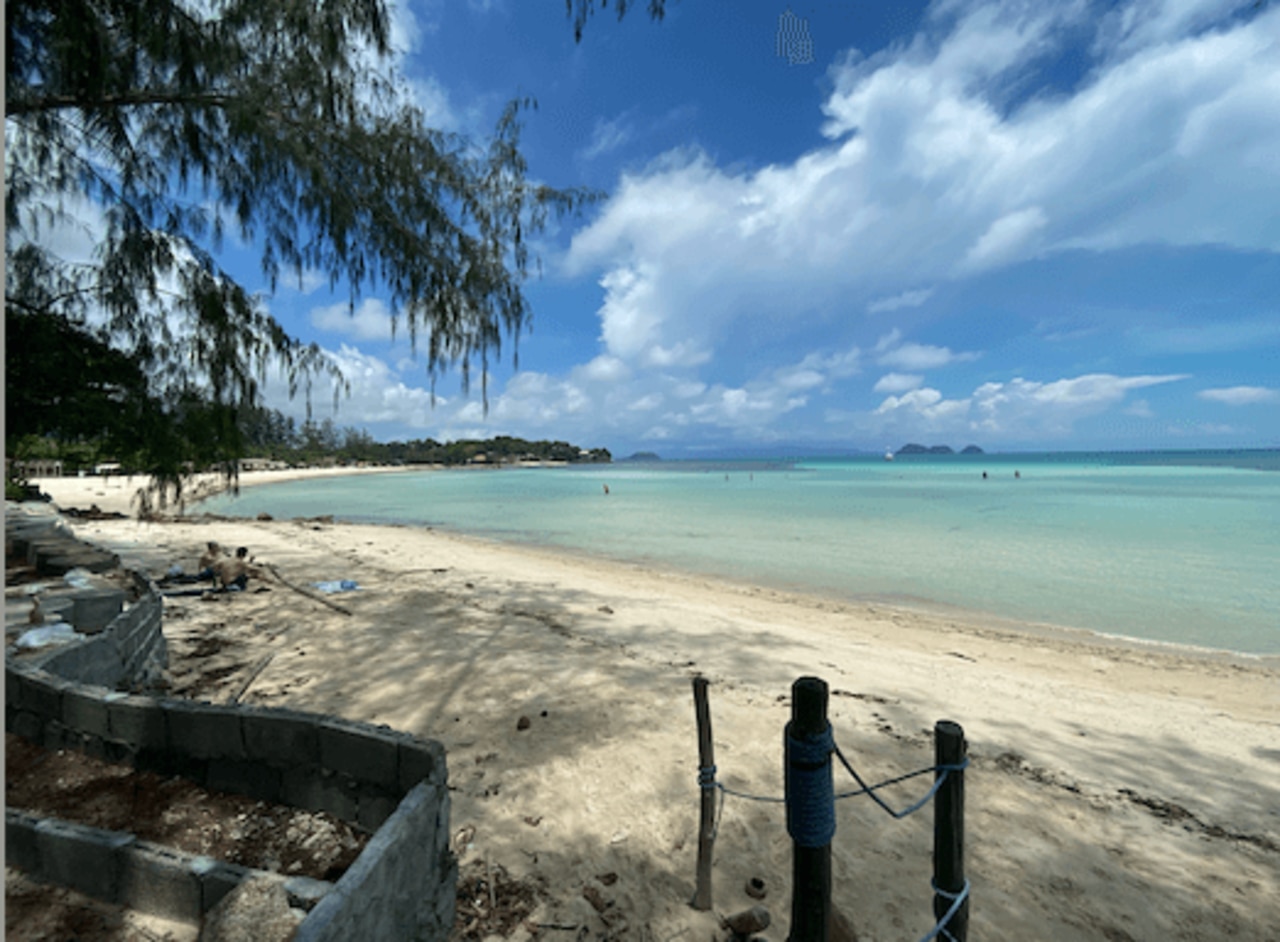
After spending 12 months working across five different continents, Eliot Davenport, 31, has settled in Bali on a one year remote working visa.
He found post-Covid return to office life “restrictive”.
“I was seeking freedom, flexibility and the chance to explore new cultures while growing my career – but I’d be lying if I didn’t say the Melbourne weather was a motivator to move,” he says.
The post-pandemic landscape offered more leverage for negotiating remote work.
“It’s become a more accepted and viable option,” he says.
However, the reality was, initially, less flexible: 3.30am meetings to coincide with Australian office times.
“It was hard to be honest,” Mr Davenport says.
“I’d sleep till midday, go to the gym and socialise and then work from midnight till 4 or 5am.”
He now works for Digital Darts, a digital marketing agency that doesn’t expect him to be awake at 4am.
“I finally have work/life balance,” he says.
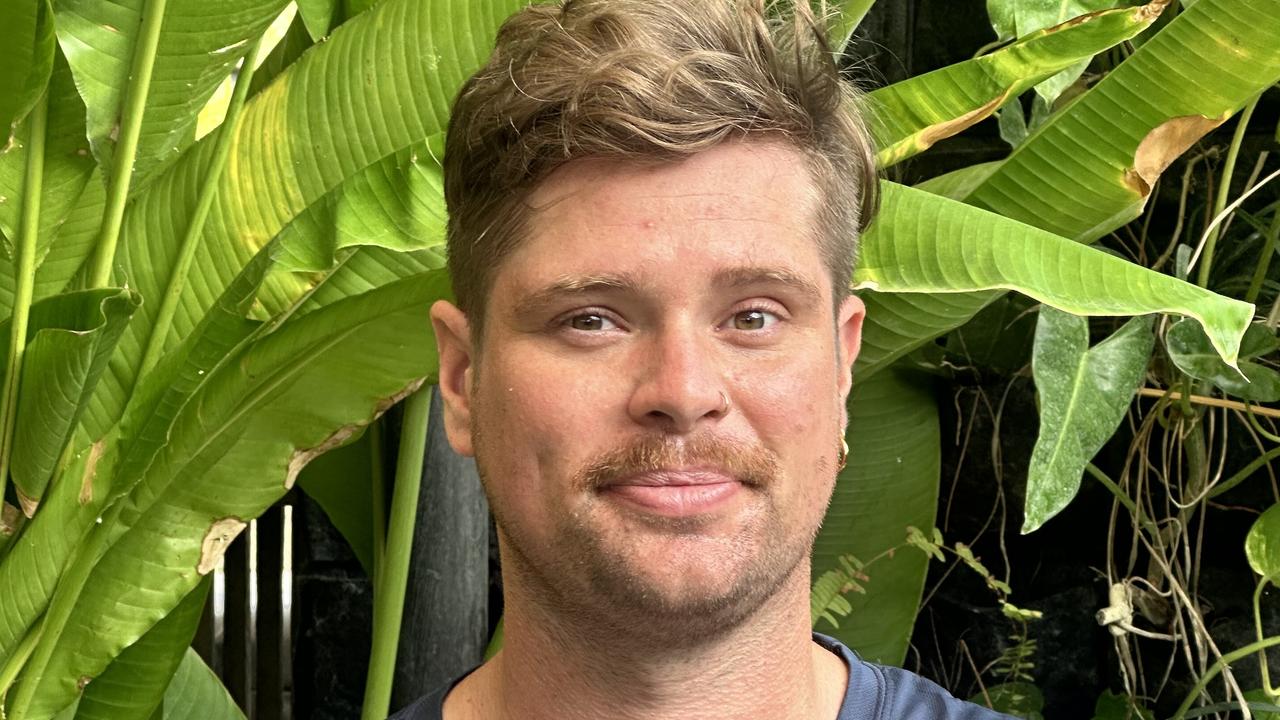
‘Aussies accept jobs they hate, get smashed, and repeat’
Akash Joel lives in one of the world’s current digital nomad hotspots: Medellin, Colombia. Known as the “murder capital of the world” in the 90s, it now attracts droves of remote workers.
Mr Joel, 35, from Melbourne has travelled to 40 countries and settled here due to the low cost of living and decent quality of life. He makes YouTube videos describing his experience and runs several of his own businesses as an entrepreneur in digital marketing and real estate.
According to YouGov, the top three digital nomad jobs for Australians are in IT, communications and media and graphic design.
“It’s called the ‘land of eternal spring’ here in Medellin. I wake up every day with no alarm, do what I want, then start work,” he says.
He came in on the digital nomad visa – but says it isn’t ideal.
“It lasts for one year but never adds up towards residency – I would’ve been better off getting an ‘investor visa’ – if you invest $25,000 or more – which does.”

Similar stories abound on Argentina’s digital nomad visa – nomads interviewed for this piece reported it was cheaper and took less bureaucracy to live and work on the tourist visa and simply pay small overstay fees on an ongoing basis.
But taking the leap isn’t for everyone, Mr Joel says.
“Many Aussies aren’t very imaginative. They’re happy to accept a 9-5 lifestyle they hate, a job they hate, get smashed every weekend, rinse, repeat.”
He says he’s “pretty much done” with Australia and now wants to live in Medellin. He does, however, also miss Australians.
“It’d be nice to connect with more Aussies here; I mostly meet Americans,” he says.
While he’s found most locals very welcoming, others recently spread posters against digital nomads reading: “Gentrifier: GO HOME”, describing them as “temporary colonisers” who’ve made the cost of living too expensive.
Mr Joel is not the only one setting down permanent roots. Ms De Aranza, too, is considering buying property in Argentina.
“You can buy a small apartment here for $100,000,” she says.
“I’d be able to do what feels unachievable in Sydney: be mortgage-free.”
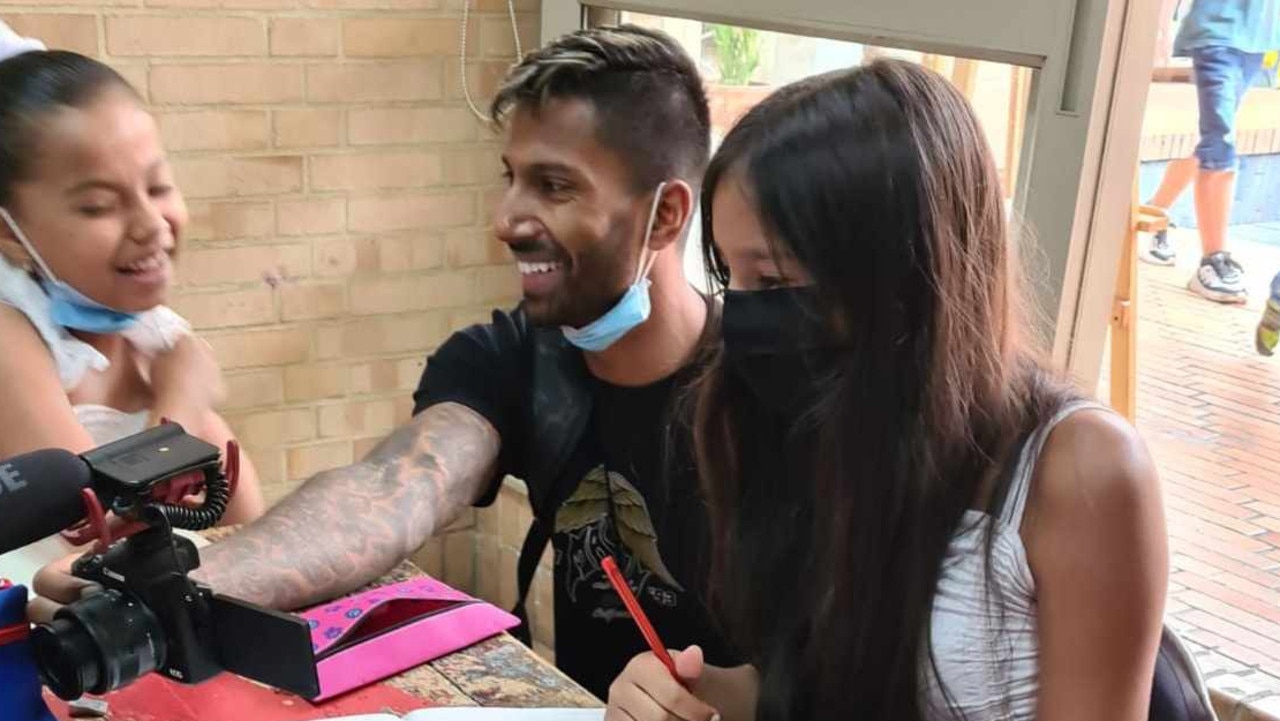
‘The lifestyle looked appealing. It wasn’t for me’
The lifestyle isn’t for everyone – especially when working for yourself comes with its own need for rigid discipline.
Setting out on his digital nomad adventure, Rob Wallace had a vision of building and marketing his own app, Laterz Social, which fosters spontaneous, lighthearted connections.
He was relieved to recently return to Sydney after spending time in Thailand, Mexico, Guatemala, Costa Rica, Colombia, Peru and settling in Argentina.
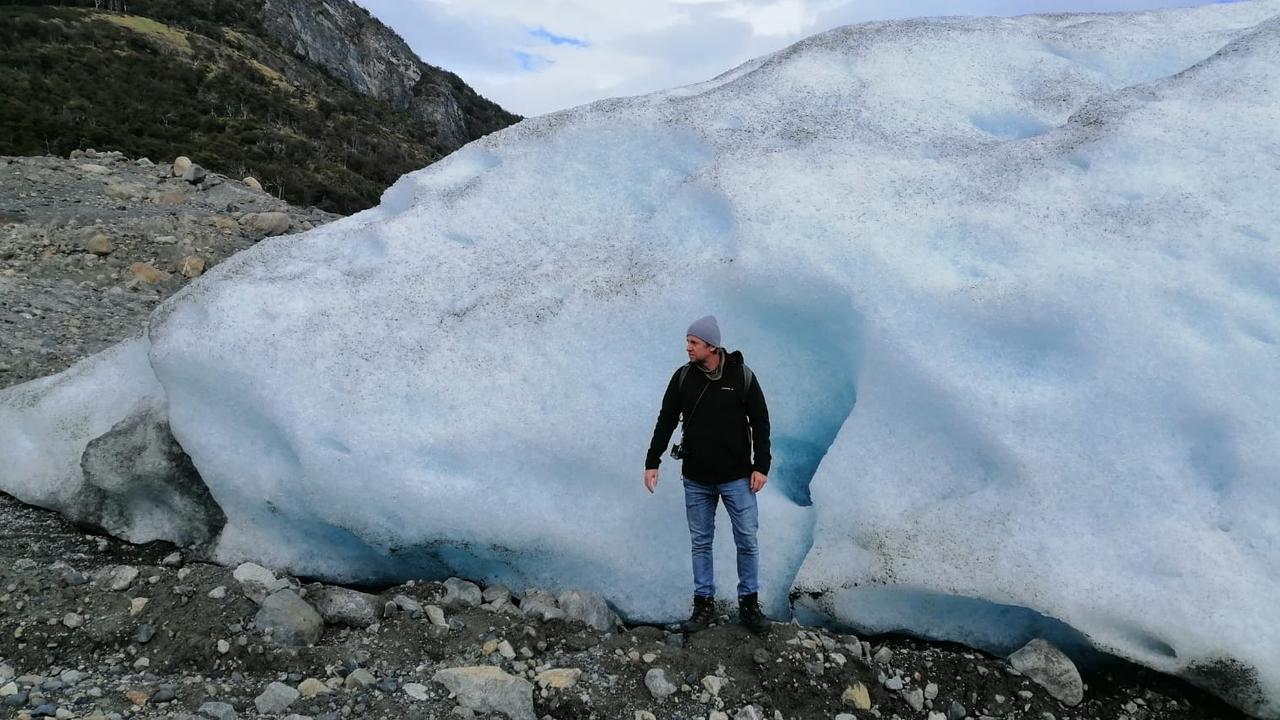
“The digital nomad lifestyle, while appealing on the surface, didn’t provide the stability I needed to give the app my undivided attention,” he says.
He adds he hadn’t factored in the “mental load” of the language barrier, constantly moving, acclimatising to new environments and resisting the many distractions of being somewhere so different.
“You’ll hear some music and say, oh – what’s this?” he says.
“Before you know it, the afternoon’s gone.”
He tried cafes and co-working spaces but the battles included poor Wi-Fi and being streetwise. “In some countries, you can’t really walk on the street with your laptop in your bag,” he says.
He also missed the camaraderie of bouncing ideas off people.
However, his advice for those considering it is simple.
“Go for it. It opens your world, opens your eyes and makes you more open as a person to different people and situations.”
Gary Nunn is a freelance journalist. X: @garynunn1





